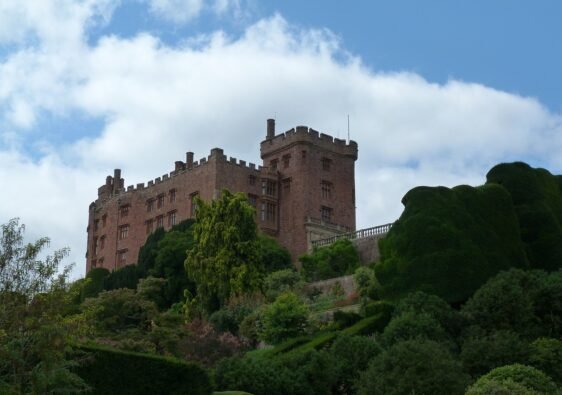The Welsh Eisteddfod is a rich cultural tradition in Wales, celebrating literature, music, and performance. Its history spans over centuries, embodying the essence of Welsh cultural identity and showcasing the nation’s artistic achievements.
Origins and Early History
Medieval Beginnings
The roots of the Eisteddfod can be traced back to the 12th century. The term “Eisteddfod” itself comes from the Welsh word “eistedd,” meaning “to sit,” reflecting the gathering of bards and musicians. The first recorded Eisteddfod took place in 1176, organized by Lord Rhys ap Gruffydd of Deheubarth at his court in Cardigan. It featured competitions in poetry and music, establishing the format that would evolve over the centuries.
The Role of the Bards
During medieval times, bards held a significant place in Welsh society. They were not only entertainers but also historians and genealogists, preserving the oral traditions and history of Wales. The Eisteddfod provided a platform for these bards to showcase their talents, compete, and gain patronage.
The Renaissance of the Eisteddfod
18th and 19th Centuries
The Eisteddfod tradition experienced a revival in the 18th century, coinciding with a broader cultural renaissance in Wales. The Gwyneddigion Society, formed in London in 1770, played a crucial role in this revival. They organized the Eisteddfodau, re-establishing the tradition and promoting Welsh language and culture.
In 1819, the Cymreigyddion Society held a significant Eisteddfod at Carmarthen, which marked a turning point in its modern history. It attracted widespread attention and helped to formalize the structure of the event, including the establishment of rules and adjudication processes.
The National Eisteddfod of Wales
Establishment and Growth
The National Eisteddfod as it is known today began in the 1860s. The first event under this new organization took place in Aberdare in 1861. The National Eisteddfod Association was formed in 1880 to oversee the event’s organization and ensure its continuation and growth.
Cultural Significance
The National Eisteddfod has grown to become a cornerstone of Welsh cultural life. It is held annually, alternating between north and south Wales, and attracts thousands of visitors. The event spans a week, featuring competitions in poetry, prose, music, dance, and visual arts. The crowning of the Bard and the Chairing of the Bard are among the highlights, celebrating the best in Welsh poetry.
Modern Eisteddfod
Contemporary Developments
In recent years, the Eisteddfod has continued to evolve, embracing modernity while preserving tradition. It has incorporated new art forms, such as digital media and contemporary music, reflecting the dynamic nature of Welsh culture.
Inclusivity and Language
The Eisteddfod has also focused on inclusivity, promoting the Welsh language and providing a platform for diverse voices within the community. It serves as a vital institution for the preservation and promotion of the Welsh language, which is a central aspect of its mission.
The Welsh Eisteddfod is more than just a cultural festival; it is a symbol of national identity and pride. Its history, from medieval gatherings of bards to the modern, vibrant celebration of Welsh arts and language, highlights its enduring significance. The Eisteddfod continues to inspire and unite the Welsh people, ensuring that their rich cultural heritage is celebrated and passed down through generations.
To find out more about the 2024 festival, visit the official site.




